As part of our coverage of this year’s NZ Book Awards for Children and Young Adults, we’ve asked the authors of the young adult fiction finalists to explain the story behind their respective stories, and why they had to be told in published young adult fiction form.
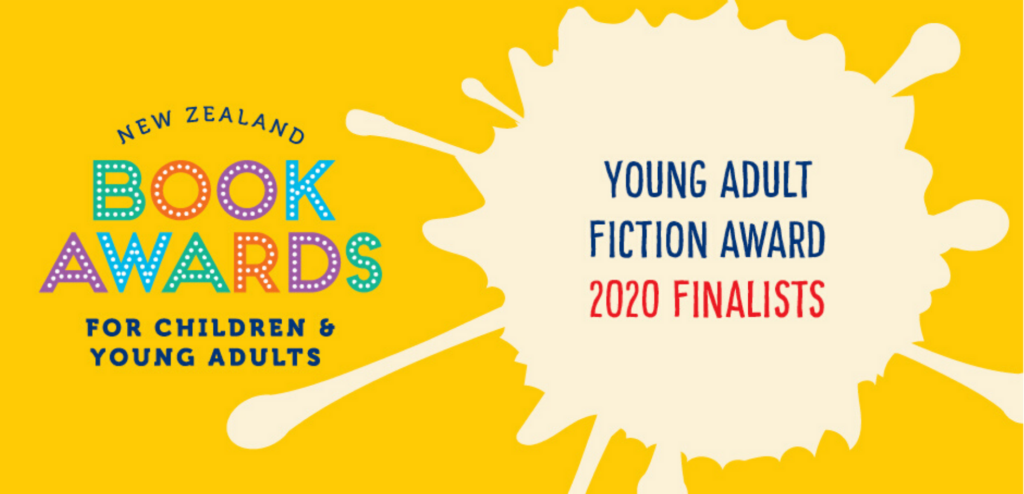

The birth of Afakasi Woman
I was an English teacher in Samoa for several years. The main challenge I faced was figuring out how to nurture a love for reading in my students – when usually all we had were books written by white people, set in white-dominated places, in a world where white people did all the thinking/talking/acting/feeling, and the rest of us were either the villain, the help, or absent. That was the same classroom and library that I had grown up in, an avid reader but always looking, hoping to find stories with ‘me’ in them.
There was a short story component in the senior English curriculum and I watched my students dutifully make their way through the approved literature—classic stories which were beautifully written and allowed them the opportunity to study ‘the human condition’ via a white person’s lens. Yes, they were reading about ‘universal’ themes and issues, but I asked myself, did it always have to be so damn boring? And just for once, couldn’t we read a story about the ‘human condition’—where people like us got to be the universal ‘humans’?
And just for once, couldn’t we read a story about the ‘human condition’—where people like us got to be the universal ‘humans’?
I’ll always remember the day I read excerpts to them from Samoan author Sia Figiel’s book, Girl in the Moon Circle. It was like I had flicked on a light switch. Lit a fire in the room. There was rapt attention, uproarious laughter, taut silence during the painful moments, outraged mutterings of ‘Oi sole, le mafaufau!, and unified headshakes of sympathy for the wronged characters. The class discussion afterwards was the most vibrant and lively I’d ever seen in my time as a teacher thus far. Even my most reluctant of readers was excited to read more. The student writing that came from those discussions was thought-provoking and powerful, as they engaged with a range of universal themes and questions—through a lens that positioned them as the center, instead of the marginalised other. Everyone should have that experience.
Each of the stories in Afakasi Woman was written with that day in mind. I come from an oral storytelling tradition so many of the stories are best read aloud. Communal laughter, grief and anger is often the best way to navigate difficult things. In these stories you will find our humour and the barbed wit of our sarcasm, even when dealing with racism and discrimination because sometimes, laughter is all we have to counter it. There’s sadness and trauma, loss and struggle. The devastation of a tsunami. Young people coping with sexual harassment, pregnancy, abuse and messed-up families (because yes, we have those too!). Stories about the weight of societal expectations, culture that can be both a heavy burden on your shoulders and also an ie toga to parry stones…to keep you warm’*. Stories of identity, class and colourism.
Stories inspired by my students and my own teenagers. Stories written for the girl I used to be and the woman that I am now.
(* ‘Be Nobody’s Darling’, Alice Walker.)
Lani Wendt Young
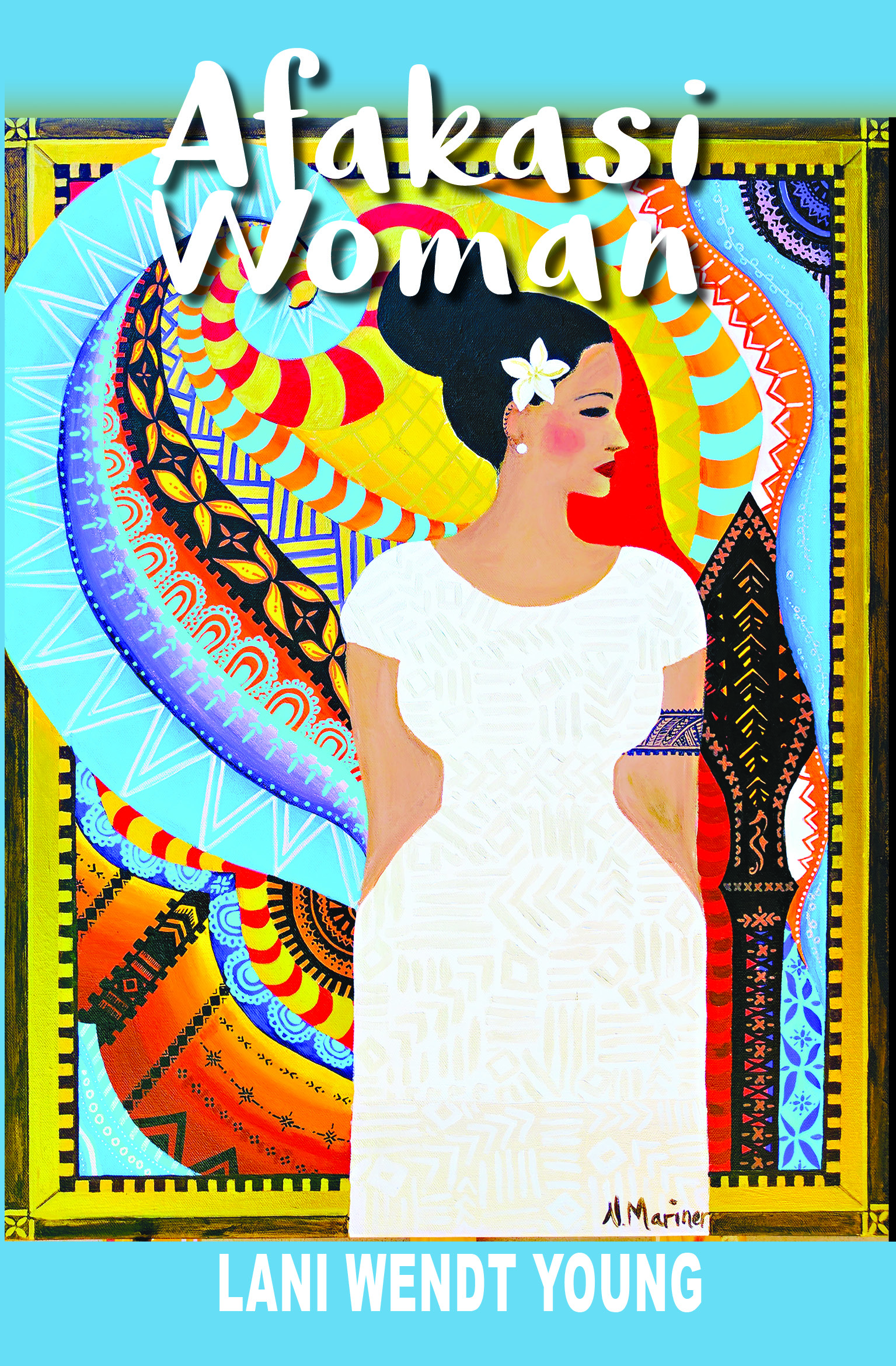
Bringing Aspiring to life
There’s an amazing moment in D. H. Lawrence’s novel The Rainbow in which two young cousins (Will, 20, and Anna, 18) attend church. They have only met recently but there’s already something going on between them. They don’t understand what it is, only that it’s very powerful. Nothing has been said. Soon they will be married but they don’t know that yet. They sit beside each other in church, feeling this secret movement between them, and then they stand to sing the hymns. Will sings very loudly. Upon hearing this loud voice, Anna does something odd. She starts laughing. She really can’t stop herself. She doesn’t know why she’s so amused but her giggling and her noises draw the attention of the other parishioners, while Will sings on. Anna is powerless against her own feelings. It’s not clear to the reader why she’s so overcome. Is she laughing at this cousin? His unabashed commitment to the singing does seem over-earnest and Anna is a sharp-eyed critic of much of the life around her. Yet she too is making a spectacle of herself by this failure of self-control, as if, at the moment of potential adult love, she is suddenly younger than her age. Is the laughter a kind of giddy anticipation of what’s to come? Or the jangly rejection of it? Or perhaps her noises are simply joining his? She snorts with laughter again and again. The pair seem pulled violently out of the staid milieu of the country church, lifted into some realm of feeling which they don’t yet recognise even though their bodies do. Singing and laughing. Hymns and snorts.
In writing Aspiring, one of the things I wanted to get at was this kind of moment between two young people. The helplessness and surprise of being overtaken, run over by strong emotion, pulled out of shape by feeling. A lot of boys and young men (older men too, let’s be honest) are more or less mutes when it comes to expressing their interiors. Literature is one way – my favourite way – of accessing the hidden bits of ourselves. The genius of D.H. Lawrence is that he leaves intact the idea of the hidden (Will and Anna are still mysteries to themselves) while dramatising, and here making shockingly public, the notion of release, pleasure and fright.
Literature is one way – my favourite way – of accessing the hidden bits of ourselves.
Afterwards, Anna’s younger brother wants to know why she was laughing in church, as does her father, as well as Will. But this clever person has only an inadequate, compelling fact.
‘What was there in my singing to make you laugh?’ he asked.‘It was so loud,’ she said.
Damien Wilkins
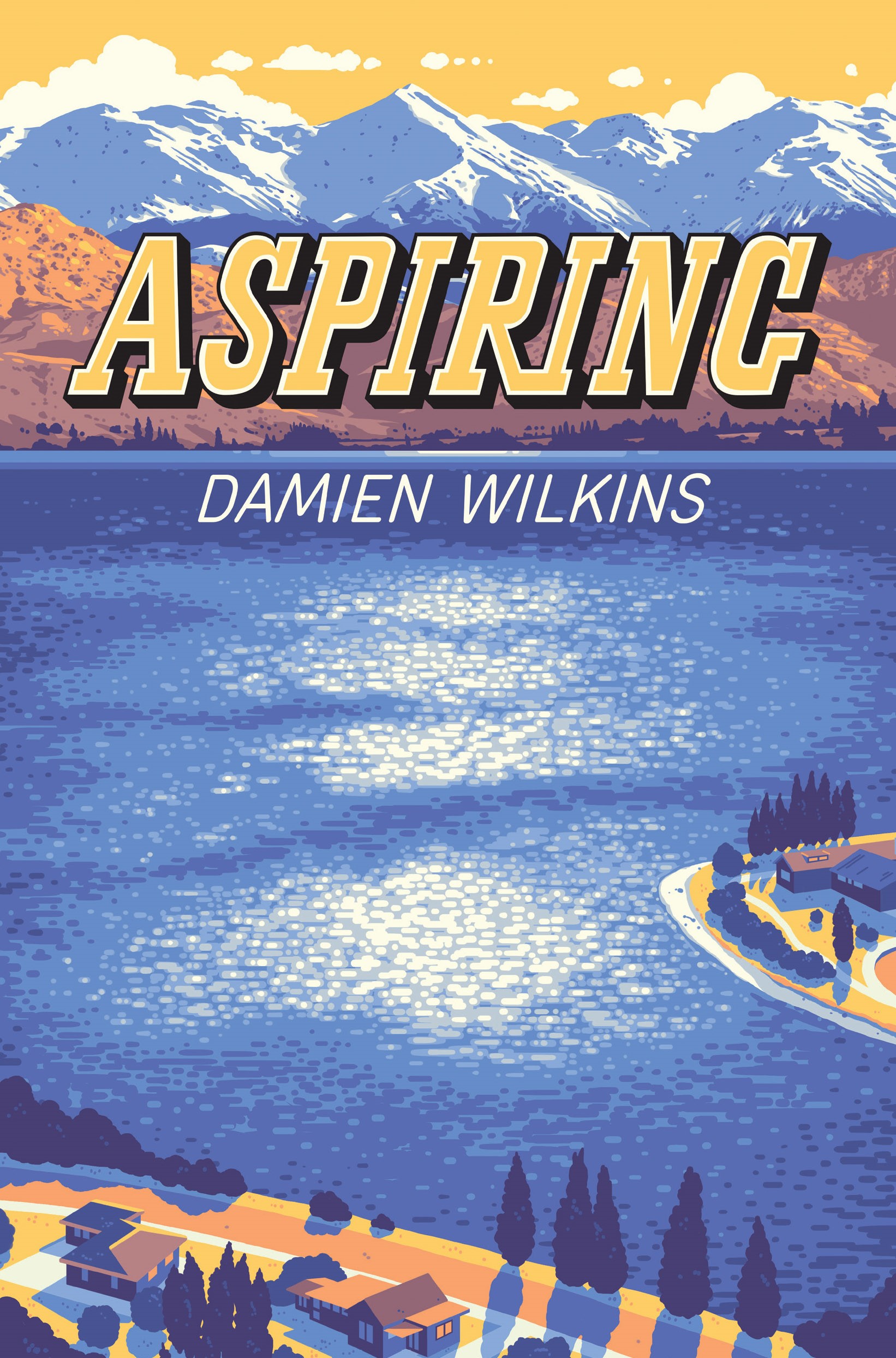
Behind The History Speech
The enduring motivation for writing The History Speech was my fascination with the subject of power and control – macro and micro – between individuals, groups, races, nations, ages and genders, within families, and in our places of learning, worship, and work.
The book is set in real time, 1967 Hawkes Bay, against a backdrop of real places and people, wefted and warped with made up people and settings.
An example of fact meeting fiction is the photograph of a soldier that sat on my real grandfather’s desk. All I knew, at ten years old, was the smiling man in uniform was a friend of Grandad’s killed in the war. When I asked more about him, the expression on my grandfather’s face was so grim, I knew to never ask again.
For The History Speech I gave Grandad’s soldier friend a name, Ralph Gibson, and I connected him with another soldier, whose brief and tragic life touched me deeply when I read about him. His name was Victor Spencer. Shell-shocked, Māori, and utterly displaced, he was the last man executed for desertion in World War One. I involved the fictional Ralph Gibson in Victor Spencer’s real life story.
Victor Spencer’s fate was included in the book to demonstrate powerlessness at its most dreadful; strapped to a post, blind folded, and shot dead. In the book, Herodotus, tells how we got there.
Weaving power and control dynamics – minor, mega, subtle, overt – into the relationships between characters in The History Speech was my way of processing what I witnessed as a child and in my youth. Only later did I recognise the significance of some things I saw and heard, and only much later, did I understand how the actions of adults affect children, mostly enriching their lives, but sometimes damaging them forever.
Weaving power and control dynamics into the relationships between characters in The History Speech was my way of processing what I witnessed as a child and in my youth.
The character Angie McDuff is based on a friend who was abused multiple times from an early age, and struggled with addiction until her death, and Hone Higgins represents the many boys who suffered at the hands of a paedophile teacher when I was at prep school.
‘Old Billy’ is an amalgam of two wonderful teachers: Mr Grant who started every day with reading The Dominion and was obsessed with the Vietnam Warand my Latin teacher, Mr Harrison, who made words make sense, and introduced me to Herodotus.
Telling the story through the experiences and observations of a single character, twelve year old Callum Gow, required strict adherence to method and was one of the hardest aspects of the writing. I did, however, have a superb model to follow; Boyhood, by J.M Coetzee.
Another model or template I follow in novel writing is, The Hero’s Journey, popularised by Joseph Campbell, which recognises ancient ways of storytelling are forever.
Writing a novel is the most challenging and difficult work I’ve ever done, and I suppose, that is why I do it.
Mark Sweet
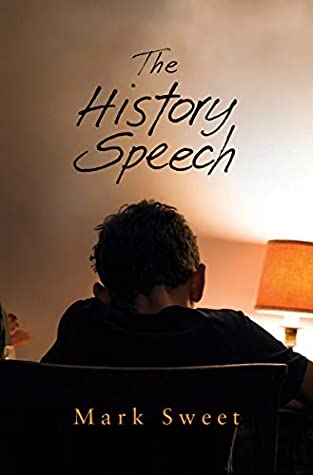
How Ursa came to be
The story of Ursa really grew out of my experience of living in Berlin when I held the Creative NZ Berlin Writer’s Residency. I was living in the old Jewish district of Mitte, reading a lot about the Nazi era and visiting places such as the Sachsenhausen concentration camp on the outskirts of the city. It was a powerful time for me to be living in a place where reminders of a terrible past history are everywhere.
One memorial near my apartment was ‘The Abandoned Room’ – situated in a little fenced park, it consists of a weathered bronze table and two chairs, one of which one is lying on the ground, like a room where the residents have suddenly disappeared or been forcibly taken away. Every time I went past that memorial it made me shiver.
Although I haven’t written directly about the plight of Jews during the Nazi era, I wanted to write about two distinct races where one is the underdog (a theme I often come back to in my writing). So it wasn’t a huge leap for me to imagine a coming-of-age story about a 15-year-old boy called Leho who lives in a ghetto with his downtrodden family in an oppressive regime.
In Ursa I have created an alternate version of Berlin, which freed me up to add things such as airships. I give a nod to Berlin in the name of Ursa which in Latin means bear – the bear is the mascot for the city of Berlin – which seemed an excellent name for my imagined city.
Creating an imaginary world also allowed me to explore themes, such as the subjugation of women, from a different angle – in my city, for instance, it is illegal for Cerel women to have babies – so part of the story involves Leho’s older sister Marina who is illegally pregnant and longs to escape from Ursa.
Creating an imaginary world also allowed me to explore themes, such as the subjugation of women, from a different angle…
I was also interested in how a young person might influence the outcome of a dictatorship and it seemed really natural that Leho should try to help the revolution along a bit by getting near the Director who rules Ursa. He turns out to be a plucky boy, a kind of hero.
Ultimately, Ursa is about the strength of sticking together as a family, a theme that I like to think offers an idea of redemption for those who are in a tough situation.
Tina Shaw
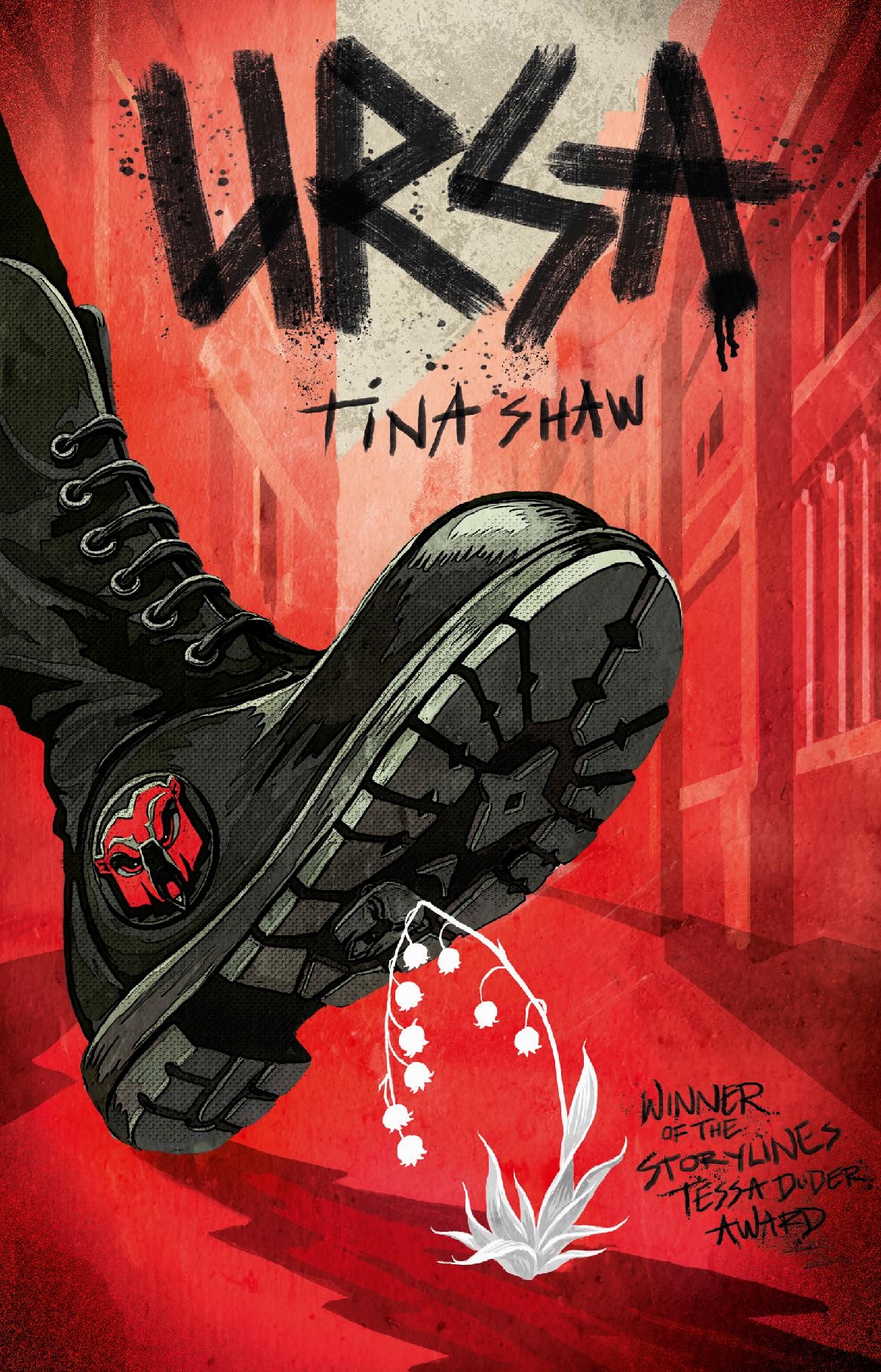
The story behind Wynter’s Thief
Many threads sparked the inspiration for Wynter’s Thief: lifelong interests, research done for previous books, and events in my own life. Initially the idea came from a passage in a book on Medieval times, which told how thieves – if they escaped the gallows – were branded on the face with the letter T. That snippet of history intrigued and disturbed me. Not only would the brand have been an agonising punishment, it was a permanent visual stigma that guaranteed the thief would forever be discriminated against, blacklisted, and denied employment. Even if he had wanted to change, he was trapped inescapably in a life of crime. I wondered what existence would be like for such a thief – and Fox leapt into my imagination.
For four years he stayed, his story intriguing me, waiting to be written. When the time came to write it, I realised he had a friend – Wynter, a gifted water diviner accused of witchcraft. Their story came to me quickly, and within days I had the entire plot. But there was a difficulty: Fox and Wynter both demanded to tell the story in their own words. Several times I wrote the opening chapters, sometimes in Wynter’s voice, sometimes in Fox’s. Each way worked, to a point, then the words became blocked, confused. I tried writing in the third person, telling the story myself; that didn’t work, either. In the end, tired of arguing with Wynter and Fox, and weary of starting the story repeatedly, trying to decide who would tell it best, I gave them alternate chapters. After that the story swiftly wrote itself. It was as if Wynter and Fox were racing off to battle injustice and prejudice, eager to carve out a brave new life for themselves – and I simply followed along, recording it all.
Their battles were real; medieval prejudice and superstition were deadly. Millions of innocent people were executed for witchcraft or heresy over the flimsiest evidence, their only crime being that they were different. This is a theme in many of my novels. Medieval judges were often narrow-minded priests opposed to anything not sanctioned by the Church, and their cruel trials and verdicts were fatally ignorant. However, I discovered one great lawyer and judge who lived in the 13th Century: Ivo of Kermartin. Unique in his time, he was brilliant, eloquent, and humble, a renowned advocate for the poor and those without a voice. He was so just and merciful that he was later declared a saint; today he is the patron saint of lawyers. St Ivo’s life story captivated me, and the judge in Wynter’s Thief is based on him.
Millions of innocent people were executed for witchcraft or heresy over the flimsiest evidence, their only crime being that they were different. This is a theme in many of my novels.
In my own life, I attended hearings in Youth Court several times, and witnessed the compassion and wisdom of judges who cared deeply for the troubled youth who came before them, graciously giving them second chances, and offering opportunities to change. Those judges, too, inspired the judge in the story.
Through all of Wynter’s Thief runs my love of medieval times, of village life deeply influenced by the seasons, by seed-time and harvest, summer and winter, rain and sun. And always there is the struggle of ordinary people who fought intolerance and discrimination, and the appalling ignorance of medieval law, in order to become the extraordinary men and women they were born to be.
Sherryl Jordan
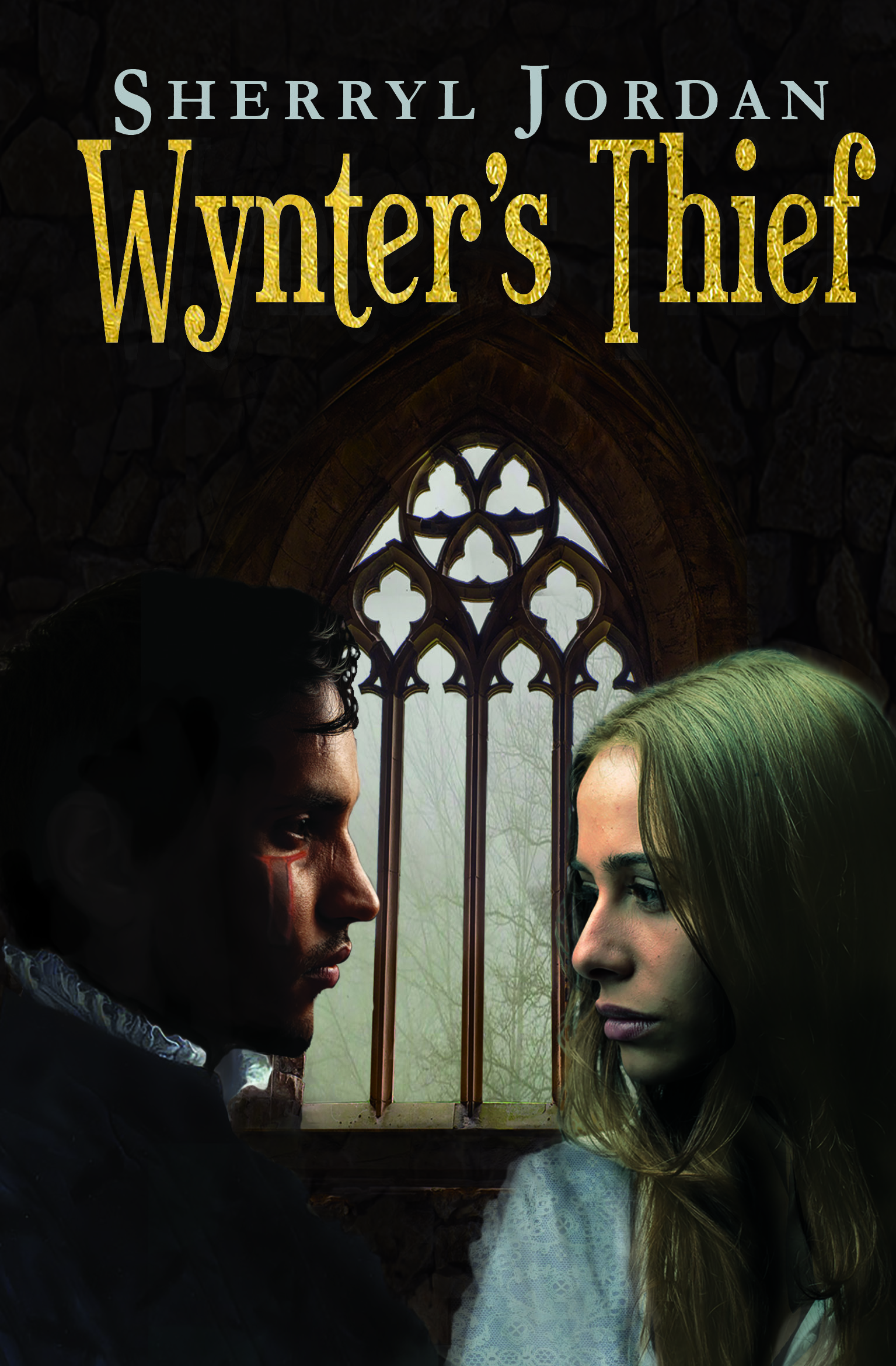
Check out our coverage of the other Book Awards for Children & Young Adults categories:
Tara Black reviews the Picture Book finalists in comic form
The NZCYA finalists announcement, including reckons from editors Sarah, Nida and Simie



